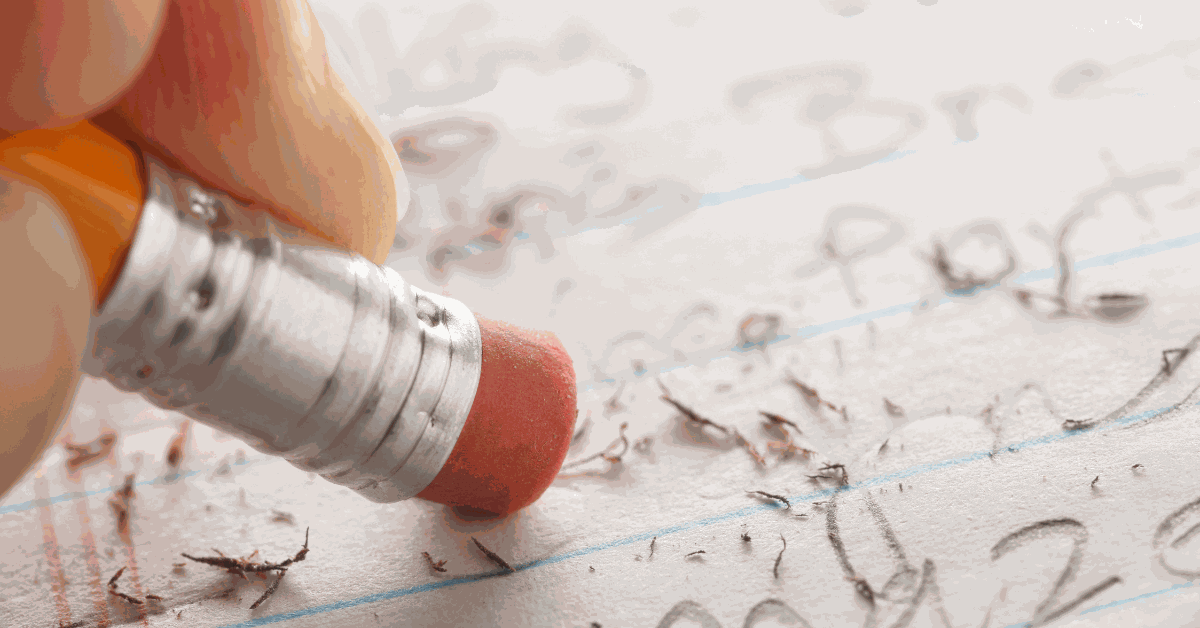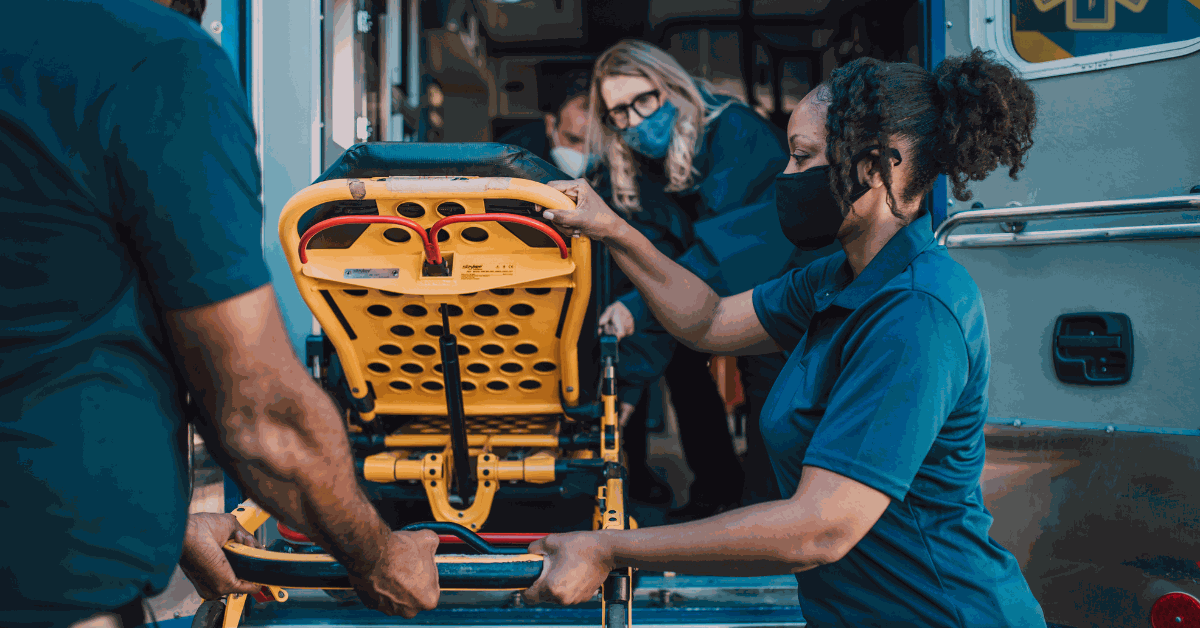In part 1 of this article, we established the process and decision-making approach that jurors utilize in determining witness credibility and liability, including their evaluation of communications. In part 2, we take a deeper dive into the communications aspect.
The real “tells”
Let us review the two leading determinants that generate a valid conclusion that a communicator is fabricating a deceptive communication. These two behaviors are referred to in their “jargon” terminology within the deceptive communication research literature: Adaptors and response latency.
Adaptors, also called “manipulators” in the television show Lie to Me, are defined as repetitive, unnecessary peripheral body movements. In short, fidgeting. The term “adaptor” was coined to denote the general concept that such movements take place as a means for a person to “vent” excess levels of internal stress, thus “adapting” to the situation.
“Peripheral” body parts typically involve the hands and feet, but they can also refer to the head or buttocks. Exemplars include playing with a pencil; too many drinks of water taken too often; scratching the head, cheeks, ears, or shoulders; adjusting glasses; straightening hair; and similar behaviors. As an aside, any bringing up hands to the face is generally a negative occurrence for the sake of credibility.
As an example, a witness was playing with a pencil, rotating it repeatedly, and when he saw his conduct on videotape he exclaimed, “Oh! I did not know I was doing that.” So he was then subjected to an additional videotaped practice session and this time, while his hands were still, he was using his rear end (legs and buttocks) to swivel his chair repeatedly from side to side – another form of “adaptor.”
In witness training sessions, it is important to point out that jurors are masters at detecting unnecessary movements in witnesses. Even “jiggling” one’s leg – repeatedly moving the feet up and down – causes tiny movements in the arms and shoulders that jurors notice. Mastering the challenge of conquering “adaptors” is an inside job that requires the achievement of relaxation on the part of the witness through extended practice with the trial team using videotaped role-playing sessions.
It is important to keep in mind that the preceding does not suggest that witnesses must remain motionless. Naturally expressive movements — gesticulating, supportive motions used to connote emphasis or other special circumstances (i.e., “being Italian”) — do not undermine credibility. Rather, it is the repetitive and unnecessary features of these movements that are the key to identifying and remediating these problem behaviors among witnesses.
Response Latency represents the second key determinant of whether a deceptive communication is occurring. Another jargon term, “response latency” simply refers to waiting too long to answer.
Witnesses will often ask, “How much time should it take?” as though there were a set number of seconds for which it is permissible to delay between the end of a question and the beginning of an answer. This question of course has no set answer – the question of how long is too long is a subjective inference that is, at least in part, dictated by the nature of the question.
For example, if a witness is asked “What were your operating profits in 1983?” jurors would tend to be more lenient, and allow a witness to think for a while, in order to obtain a response. However, if a question asks, “Did you agree to set crude oil prices with your competitors?” and the witness delays in providing a response to a question of this sort, of course this is an entirely different matter altogether. So, for queries that deal directly with the key issues in the case, and especially those at the heart of the plaintiff’s allegations, direct, prompt, and timely responses are expected by jurors. When a delay feels excessive, jurors will assume that the witness is fabricating a response.
It should be noted that response latency as an indicator of credibility appears to trump the issue of adaptors. We recently tested a witness who had terrible nonverbal behaviors – shifting, darting eyes, repetitive movements of various sorts, and unstable behaviors generally. Oddly enough, however, the responses by the witness were consistent with the documents and invariably prompt. Surprisingly, jurors gave very high credibility scores for this witness, reporting that they were impressed with the prompt, consistent and timely responses that reinforced the information on various documents. “Promptness” was the leading reported reason for the favorable performance of the witness. Specifically, jurors explicitly stated that they were willing to “forgive” the unusual stylistic idiosyncrasies of the witness because he was prompt.
Conclusions
One might surmise, especially in the case of the response latency issue, that jurors should “cut the witness some slack;” after all, what’s wrong with taking some time and being careful in giving an answer? To appreciate the dynamic involved – and to gain additional insight into the “heart of darkness” that permeates plaintiff’s strategy in antitrust cases – one must keep in mind some basic tenets of jury psychology. Jurors frequently enter federal court with a presumption of guilt: if the case has proceeded this far, there must be some form of improper conduct. Defense witnesses in particular are, from a psychological standpoint, presumed “guilty” until proven “innocent.” While jurors try to keep an open mind, and profess that they do, behavior that would otherwise be construed as neutral – e.g., apprehension simply from being a witness in federal court, leading to a slightly tentative, circumspect demeanor – is instead perceived as an indicator of sinister conduct.
Credibility as a general construct, of course, has several additional determinants other than adaptors and response latency, and more thorough analyses of witness performance are beyond the scope of the present discussion. Some fundamental observations of witness training, however, will be useful to consider in this context as a practical matter for litigators preparing for trial.
As has been stated previously, credibility as an overall goal is, by a wide margin, determined more by nonverbal behavior than by verbal content; however, our experience is that witnesses are typically prepared by trial teams by emphasizing the verbal content of their testimony. This is not surprising, as most trial teams do not utilize a psychologist when preparing witnesses and are not skilled in training in the realm of nonverbal behaviors (body language, mannerisms, persona, demeanor) with their witnesses. The first step in ameliorating this shortfall is the use of practice.
Trial teams typically neglect the importance of role-playing with videotape; playing back the tape and critiquing it; and then repeating the process until the desired outcome is obtained. The practice effect is particularly critical because witness performance – particularly in the realm of mastery of nonverbal behavior — is an acquired skill, having more in common with perfecting a golf swing or (as a child) learning to ride a bicycle than it does with transference of knowledge per se. Witnesses will often say that they “get” something and promise that they can deliver, but in the crucible of the courtroom environment, when the rubber meets the road, they tend to fold and revert back to behavior patterns that undermine credibility in the nonverbal realm.
Witnesses tend to “brace” for the interrogation environment and “contract” into a less adaptive mode of behavior, which is stilted, uncreative and fear-driven, inhibiting the formulation of optimal responses and creating a demeanor which appears opaque and uncooperative. As this response style tends to be most pronounced under cross compared to direct, jurors adjudge the witness to be “a different person” when opposing counsel is at the helm, leading to the conclusion among jurors that the witness is inherently untrustworthy. There is literally no way to prepare for this problem absent practice using a complete role playing scenario, with videotape, feedback, critique, and repetition.
Even a casual observation of the exchanges between interrogators and witnesses yields the unmistakable conclusion that what is going on here has far more to do with psychology than it does with the law. In cross-examination, there is a constant “tug of war” between the witness and the lawyer centering on duties and responsibilities. Counsel who provided opening statements are relegated to the ignominious position of nervously hoping that the witnesses will in fact “cash the checks” that were written at the outset. Any mistakes that are made will not be forgotten and will rear their ugly heads through reminders by opposing counsel during in closing. And it only takes one serious mistake to sink the entire trial – just one. To compound the difficulties, this mistake need not even have been made at trial – it may have been made previously in deposition instead.
Scientifically-valid jury selection and properly conducted witness effectiveness training
wield the most profound tactical benefits of any aspect of trial preparation. Plaintiff’s task is to reveal and demonstrate malevolent or predatory motives, the heart of darkness among defendants, and this job is usually not practicable in a direct fashion. In many cases, plaintiff will need to find a weak spot somewhere in the defense witness line up in order to have a strong case. Given this backdrop, it would appear that the status quo of witness preparation is usually not sufficient, given the pre-eminence of nonverbal behavior in the determination of overall witness credibility. Our experience has been that witnesses are typically trained by “sitting down and talking,” when instead positive action in the form of practice with videotaped role playing is far more effective, in the presence of a psychologist trained in communication principles working hand-in-hand with the trial team to formulate an optimal defense.

Be confident in achieving superior litigation outcomes. CSI has the expertise, track record, and capabilities to help you win.



